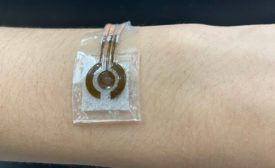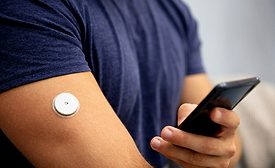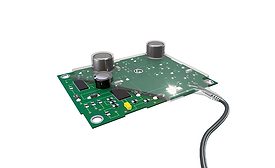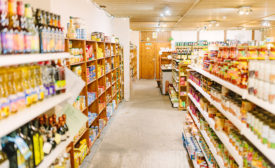Home » adhesives in medical/dental
Articles Tagged with ''adhesives in medical/dental''
Strategic Solutions
Though bioinspired approaches to adhesive R&D often lead to great improvements in the lab, translating these sophisticated chemistries to commercial scale is a considerable challenge.
Read More
Market Trends
Opportunities for Bio-Based Adhesives
Bio-adhesives have rapidly gained traction as an alternative to traditional synthetic adhesives.
May 16, 2022
Case Study
3D Printing Evolves to Deliver Value Beyond Business
3D printing technology has led to meaningful change across industries, but we’re only starting to see how it can help create change in communities.
May 13, 2022
Adhesive Enables Noninvasive Glucose Monitor
Researchers at Penn State have developed a wearable glucose monitoring device prototype consisting of an electronic sensor attached to a small alkaline solution chamber.
March 23, 2022
Rethinking Medical Device Adhesives: More than a Sticky Afterthought
Choosing the right adhesive early can actively contribute to building better medical devices.
March 14, 2022
Market Trends
Pressure-Sensitive Tapes on the Rise
Pressure-sensitive tape manufacturers are tapping into the packaging, medical, and transportation sectors to gain ground.
January 14, 2022
MASTER BOND INC.: Non-Cytotoxic Epoxy Adhesive
This two-part system can withstand exposure to repeated autoclaving and aggressive sterilants.
December 27, 2021
Keep the info flowing with our eNewsletters!
Get the latest industry updates tailored your way.
JOIN TODAY!Copyright ©2025. All Rights Reserved BNP Media.
Design, CMS, Hosting & Web Development :: ePublishing
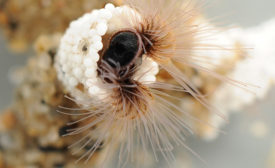
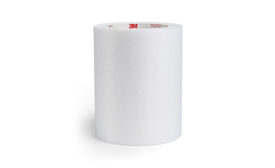
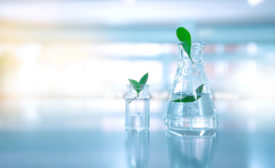
.jpg?height=168&t=1653417027&width=275)

